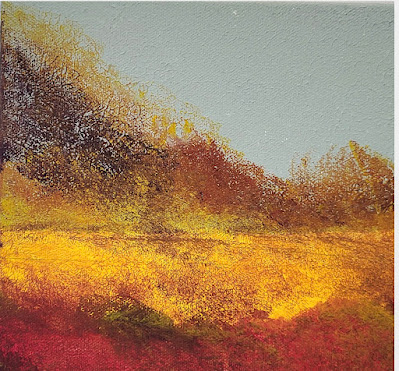Vicki Davis, Ph.D.
Texas State Organization
Beta Lambda
Tell us about yourself as an educator.
My life as an educator began with playing school. My sisters and I set chairs on the front porch of our home as a pretend classroom. We appreciated both the natural environment and the anticipation of going to school to learn. And, boy, did I enjoy practicing making those 100 marks on the play-tests...just like my teachers at school or possibly with more flourish!
After three years of intense study, working part-time in the Placement Office, serving in a variety of organizations, and student teaching in Cooper, Texas. Jerry and I married soon afterwards.
For two years I taught at Tom S. Lubbock High School. After two years, Jerry and I decided to return to East Texas State University where we were graduate teaching assistants. Upon completion of my master's degree, I became an Instructor at the university. I subsequently completed my doctorate at Texas Woman's University in Denton. I progressed as a university educator from instructor to professor rank. I taught for a couple of years prior to moving to the Vice President of Academic Affairs Office, later known as the Provost Office and Vice President of Academic and Student Affairs. Overall, I was employed as an educator for 43 years.
How did you get into photography?
After purchasing a car in Winnsboro and a television in Lubbock, Jerry and I purchased a movie camera. We both enjoyed taking photos during vacations to Acapulco; Europe; and extended drives throughout Texas and neighboring states as well as from Texas to Canada, to California, to Florida, to the East Coast, and through each Canadian Province.
We also recorded special times with family and friends--- my sister’s weddings and our son’s birthdays. We bought multiple small cameras with a variety of flashes. We experimented with the Polaroid. Then we progressed to the Pentax ME Super 35 mm. Desiring to make travel bags lighter and photography easier, we moved to small cameras such as the Canon PowerShot SD1100 IS Digital Elph and the Sony Cyber-shot 16.2 mega pixels.
What inspired you in your photography work?
Based on a collection of photographs and stories of my maternal grandmother told to me by my grandfather, I absorbed the feeling that my grandmother loved to take pictures. Her photos were from the early 1900s and provided a view of her world and my future home. Many times, as a child, one of my uncles visited us on leave from the military. He was a prolific photographer. I treasure those memories captured by him with his camera...still life and movies! These memories could only be with the aid of photography. I was determined to enjoy photography and to pass along what I created to others.
Tell us about your interest in wilderness photography.
I enjoy taking photos in the natural environment whether it be in a real wilderness or a backyard natural environment. Some of my most spontaneous photos were taken in the wilderness of northern Scandinavia: Norway, Finland and Sweden. Wherever you find beauty, take a photo!
What camera and lens do you use?
With the popularity of iPhones, we moved to using them for our photography. That is how I make most of my photographs and I love it. It enhances spontaneity and I photograph what appeals to me. The Kodaks, Brownies, Polaroids, Canons, Sonys, and Pentax cameras and all the others sit on the shelf, but my iPhone is in my pocket! That's how I am into photography now.
What advice would you offer someone interested in photography?
Go with your instincts. Educate yourself as you like. For me that was reading all the booklets that came with the camera and relying on my formal education in art related classes.
Do what you like. Travel, look up, look down and all around. No place is without its possibility!
Share with others. You'll be glad you did.
How does the value of the arts impact education?
Learning is often enhanced by the various art elements. One is more likely to remember when any of the arts are present. One can sing when one cannot talk. One can recall when reinforced by any of the visual arts. The art of getting along with others is also a critical element. Gee, without the arts, our educational structures are hopeless.
Do you have anything else you'd like to share about yourself or your DKG journey?
Your world will be brighter if you share it with others. Photography is one way of doing that. I often click through my thousands of photographs, enjoying the essence, moving forward and not getting stuck on what is good, bad, or ugly but thinking of the good times reflected thusly.
The same is for participation in DKG. The journey is ours with or without a photograph. When we believe in what we do, we engage by snapping/accepting that view or multiple views. We take the picture. We learn when we struggle and hope to make the image our best. We lead by sharing that photograph regardless of where it is made...from the rear, front or midway. That photograph is a treasure! Take all you can and share.
Vicki is a past state president of Texas and a founding director of the Texas State Educational Foundation. She has served at the international level as chair of the Golden Gift Committee, on the Personnel Committee and served as Chair, and on the Eunah Temple Holden Fund Committee and then as Chair.



.jpeg)













.jpeg)